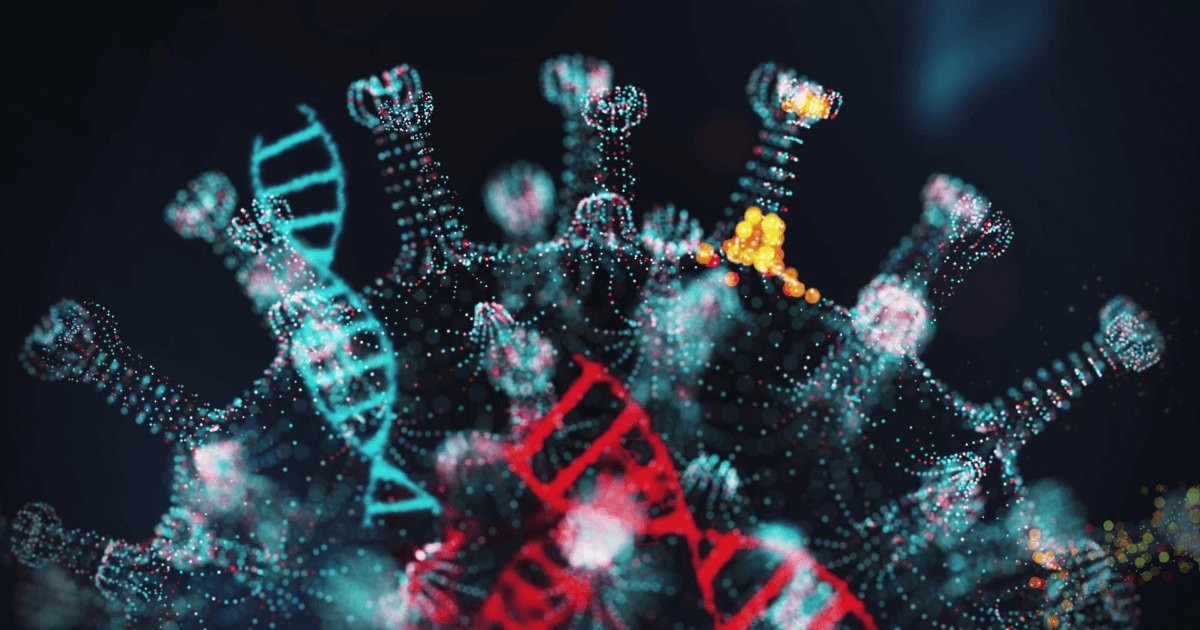Ultimately, racial and ethnic disparities that arise during public health emergencies like
COVID-19 are related to socioeconomic status deprivation and affluence.
Coronavirus Disease 2019 (COVID-19) is the new public health crisis threatening the globe. It is postulated to have erupted from Wuhan, Hubei, China in December 2019, and to have been transmitted from bats to an intermediate host to humans. The World Health Organization (WHO) announced COVID-19 as a pandemic on January 30th, 2020. It rapidly spread across the entire world, and as of April 29, 2020, 210 countries and territories have been affected with over 3,000,000 positive cases and over 200,000 deaths. As of April 29, 2020, The United States of America (USA) reported 983, 457 positive cases and 50, 492 deaths made it the most affected country in the world. The COVID-19 Associated Hospitalization Surveillance Network (COVID-NET) conducts population-based surveillance for COVID-19 positive patients who are admitted into the hospital across USA. It has been revealed that during the month of March 2020, 59% of the surveillance population was White Americans (WA), 18% were African Americans (AA), and 14% was Hispanic and Latino Americans (HLA); however, amongst the hospitalized patients, 45% was AA, 33% was AA, and 8% was HLA. This clearly indicates a disproportionate burden of the disease amongst racial and ethnic minority groups, specifically AA, possibly due to the genetic, environmental, and socioeconomic variabilities that exist. Currently, healthcare sectors worldwide are facing challenges in the diagnosis, treatment, and prevention of COVID-19. Healthcare professionals including Physicians, Scientists, and Professors are fighting to put an end to this disease. As an effort to aid in this fight, we have put together this review article discussing some of the racial and ethnic disparities and key epidemiological variables that exist in relation to COVID-19.

According to CDC, members of racial and ethnic minority groups are more likely to live in densely populated areas due to racial and ethnic residential segregation, which is a fundamental factor leading to health disparities.
The first human coronavirus was identified in the 1960s; since then, some of them have led to major human outbreaks such as severe acute respiratory syndrome (SARS) and Middle East respiratory syndrome (MERS). Severe acute respiratory syndrome coronavirus 2 (SARS-CoV-2) is the virus strain that causes COVID-19, and it is mainly transmitted through respiratory droplets via infected humans or surfaces. The estimated incubation period of the disease is 2 to 14 days from the time of exposure, and symptoms range from asymptomatic infection to death. The most common presenting symptoms include fever, dry cough, and shortness of breath (SOB); other symptoms include headache, dizziness, confusion, conjunctivitis, rhinorrhea, nasal congestion, anosmia, sore throat, sputum production, dysgeusia, anorexia, nausea, vomiting, abdominal pain, diarrhea, rashes, hives, lesions, myalgia, body chills, body ache, and fatigue. In patients with underlying comorbidities, the disease may progress to pneumonia, respiratory failure, kidney failure, septic shock, and death. Mild symptoms, from which a patient can easily recover, constitute 80% of the disease; severe symptoms such as shortness of breath and pneumonia constitute 14%; critical symptoms such as organ failure and septic shock constitute 5%; and fatal symptoms resulting in death constitute 2%. According to the World Health Organization (WHO), COVID-19 infects individuals of all ages; however, the two most vulnerable groups are the elderly (over the age of 60) and immunecompromised. Currently, COVID-19 positive patients are managed through supportive therapy, and the degree to this therapy is used depends on the severity of the symptoms.
According to the WHO, COVID-19 positive neonates and young children must be admitted into an isolation unit with constant heart rate, respiration, and blood oxygenation monitoring; adults showing mild symptoms must isolate for self-quarantine, intaking sufficient fluids, and using symptom relieving medications. Adults showing severe to critical symptoms must be admitted into an isolation unit with intravenous fluids and corticosteroids, and oxygen therapy. In terms of medical management of COVID-19, there are some medications that deserve recognition. Currently, one of the most promising drugs being investigated by the National Institute of Allergy and Infectious Diseases is Remdesivir. This drug is a broad spectrum antiviral agent that blocks viral replication by interrupting the nascent viral ribonucleic acid chains leading to premature termination; it was earlier used to treat Ebola virus disease and Marburg virus disease. Another drug also showing promising results is Chloroquine, which is an anti-malarial agent that increases late endosomal and lysosomal pH above the level that is required for the virus and cell fusion while interrupting the glycosylation of cellular receptors; it was used to treat SARS. Cancer drugs such as Baricitinib, Ruxolitinib, and Fedratinib are also being investigated. They may work in COVID-19 by inhibiting the Janus kinases, and signal transducers and activators of transcription proteins reducing viral infectivity, viral replication, and the associated host inflammatory response.
Due to pressure from civil rights groups and public health advocates, many of the states across USA have started reporting demographic data for COVID-19. According to Ronald J Daniels, the President of John Hopkins University, and Marc H Morial, the President and CEO of the National Urban League, COIVD-19 showed prominence in individuals belonging to racial and ethnic minority groups, especially AA, at a dramatically disproportionate rate.
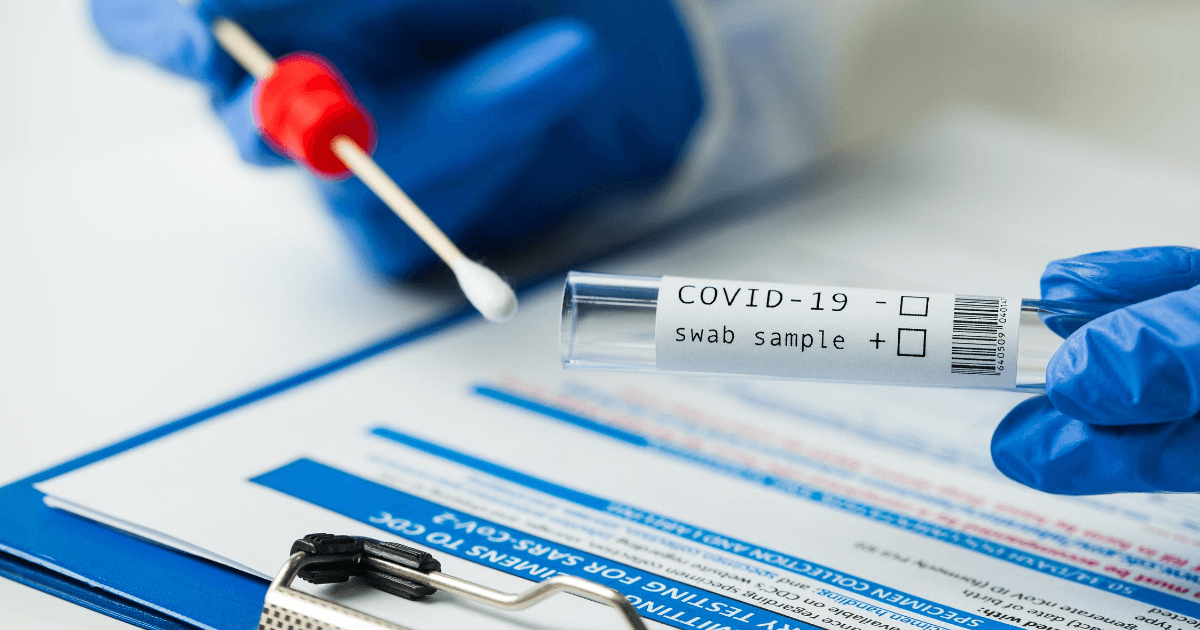
Another barrier to healthcare access faced by AA and HLA is the lack of health insurance..
COVID-NET has revealed that during the month of March 2020, 59% of the surveillance population was WA amongst which 45% was hospitalized due to COVID-19, 18% was AA amongst which 45% was hospitalized, and 14% was HLA amongst which 8% was hospitalized. Furthermore, the New York City Health Department has revealed that till April 19, 2020, the COVID-19 death rate amongst AA was 92.3 per 100,000 people and in HLA was 74.3 per 100, 000 people; this was significantly higher than the death rate of WA, which was 45.2 per 100, 000 people. The disproportionate infection rate and death rate amongst racial and ethnic minority groups, especially AA, may be due to genetic difference such as genetic variations and pre-existing comorbidities, environmental distinction such as habitats, socioeconomic prominence such as occupations, living conditions, and access to healthcare. Ultimately, racial and ethnic disparities that arise during public health emergencies like COVID-19 are related to socioeconomic status deprivation and affluence. In this review article, we discussed some of the disparities to better understand COVID-19 and aid in the fight against it, as well as to inform the general public about skewed population outbreaks and prevent it in the future.
Genetic Variabilities Leading to COVID-19 Disparities
Genetic variations impact certain individuals’ predisposition to COVID-19 – genetic polymorphism plays an important role in the likelihood of being infected by the disease, severity of symptoms, and immunological response towards the disease. COVID-19’s transmission and dissemination into host cells is mediated by angiotensin-converting enzyme 2 (ACE2) and transmembrane serine protease 2 (TMPRSS2). ACE2 is an enzyme found on the host cells’ surfaces, and is currently postulated to be the primary receptor to which the virus attaches; TMPRSS2 is a protein that facilitates viral fusion through the cell membrane. Researchers at the University of Pittsburgh conducted a study in April 2020 to learn about how genetic variations play a role in COVID-19’s epidemiological variability. They assessed the effects of ACE2 and TMPRSS2’s genetic expressions in over 2000 individuals from varying populations, and concluded that AA have lower expressions of both. This suggests that genetic variations may lead to lower susceptibility for COVID-19 infection amongst AA, and host genetics may explain the infection rate, severity of symptoms, and death rate on a personal level.
Certain health conditions such as obesity, hypertension (HTN), diabetes mellitus (DM), and cardiovascular disease (CVD) are common amongst AA due to their genetic variations, and such predisposing factors put them at an increased risk for COVID-19.
The Journal of the American Medical Association published a study analyzing 5700 COVID-19 positive patients hospitalized in various hospitals across New York City during March 2020; this study showed that the most common comorbidities amongst these patients were HTN at 56.5%, obesity at 41.7%, and DM at 33.8%. While information is still limited at this time, recent studies conducted in China point towards a positive correlation between existing comorbidities and COVID-19 mortalities. For example, the European Respiratory Journal published a study that analyzed 1590 COVID-19 positive patients,who were hospitalized across China from December 11, 2019 to January 31, 2020. They stated that 25.1% of them had at-least one comorbidity with HTN, DM, and CVD being the most common. Other health conditions such as hepatitis B, immunodeficiencies, chronic kidney disease (CKD), and malignancies were also presents, but at a lower rate. These patients presented with shortness of breath, loss of consciousness, and chest abnormal x-ray results.
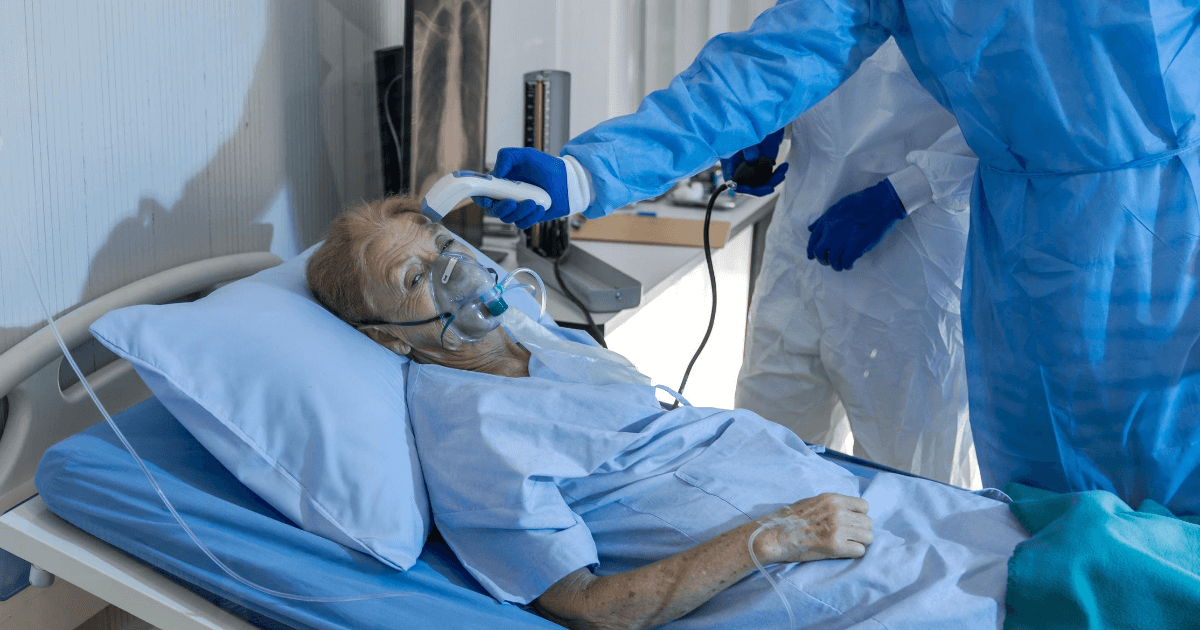
According to the Centers for Disease Control and Prevention (CDC) in 2016, the prevalence of HTN in USA was 29% in which AA contributed to 40.3% and HLA contributed to 27.8%. AA has a T594M variant polymorphism on the betasubunit of the sodium epithelial channel, which may increase their prevalence to HTN. The increased rate may also be due to various physiological factors such as increased alpha receptor sensitivity, decreased beta receptor sensitivity, increased sympathetic nervous system activity due to stress, increased endothelin, increased transforming growth factor beta, decreased prostaglandin E2, decreased urinary dopamine after salt loading, and decreased atrial natriuretic peptide after salt loading.
The American Journal of Hypertension published a study in April 2020 stating that the prevalence of obesity is 51% higher in AA and 21% higher in HLA than WA, and AA have the highest correlation between body mass index and salt retention than any other race. Obesity may lead to sodium and fluid retention as well as vascular damage, which in turn may lead to the exacerbation of HTN. The Cleveland Clinic Journal of Medicine published a study in 2013 stating that AA have a higher rate and an earlier onset of HTN and DM as well as increased complications associated with CKD and CVD. The higher rate of HTN and associated lower rate of blood pressure control contributed to a higher rate of DM; the higher rates of HTN and DM contributed to a higher rate of CKD. Such increased rates in AA were due genetic variations, exposure to air pollution, limited food resources, and limited access to healthcare.
Currently, information regarding the risks of taking antihypertensive medications such as angiotensin-converting enzyme inhibitors (ACEI) or angiotensin II receptor blockers (ARBs) in COVID-19 is limited. As stated earlier, SARS-CoV-2 binds to ACE2 receptors as the initial step in viral infection, and these antihypertensive medications may potentially increase ACE2 receptor expression increasing the risk for COVID-19. However, abrupt withdrawal of these medications may result in adverse outcomes; as a result, they should be continued in patients who are at risk or positive for COVID-19.
In March 2020, the Louisiana State University Health Sciences Center stated that patients with HTN taking ACEI or ARBs may be at a greater risk for COVID-19. On the other hand, the New England Journal of Medicine published a report in April 2020 analyzing ACE2 receptor expression in 617 COVID-19 positive patients, taking antihypertensive medications in Japan.
It concluded that ACE2 receptor expression has increased in patients taking Olmesartan, but not in patients taking other ARBs such as Losartan, Candesartan, Valsartan, or Telmisartan, or ACEI. Another study published by the Journal of American Heart Association in April 2020 once again stated differing information where COVID-19 positive patients taking antihypertensive medications when hospitalized had a lower risk of all-cause mortality compared to patients who were not taking these medications.
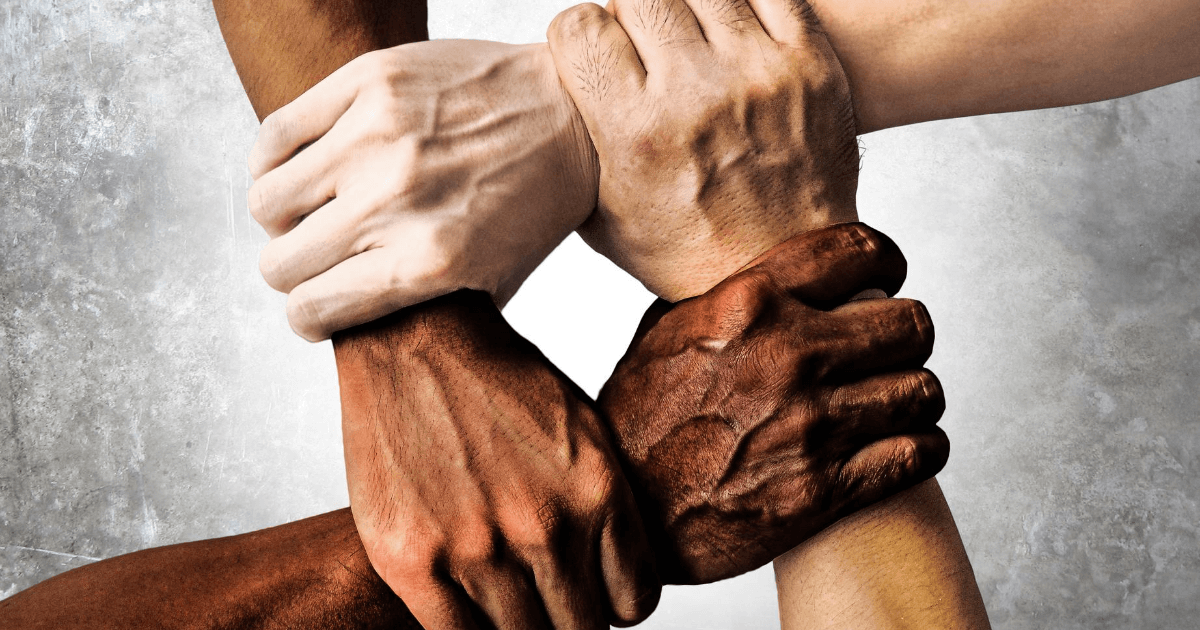
Although the information above is conflicting, it indicates a potential benefit of taking antihypertensive medications in COVID-19. SARS-CoV-2 not only binds to ACE2 receptors initiating the viral infection, but it also down-regulates ACE2 receptor expression therefore preventing it from exerting its protective effects in various organs which may potentially lead to acute respiratory failure and CVD. Furthermore, the down-regulation of ACE2 receptor expression leads to the accumulation of angiotensin II, a peptide hormone in the renin-angiotensinaldosterone-system (RAAS) causing vasoconstriction and increasing blood pressure, and RAAS activation; it has been postulated that angiotensin II may also play a role in organ injury in COVID-19 positive patients. A report published by the New England Journal of Medicine in April 2020 discussed the results of various studies: 1) In experimental mouse models, exposure to SARS-CoV-1 spike protein resulted in the down-regulation of ACE2 receptor expression, and acute lung injury or acute respiratory distress syndrome (ARDS); 2) In experimental mouse models, exposure to SARSCoV-1 spike protein induced acute lung injury or ARDS, which was limited by RAAS blockade; 3) In COVID-19 positive patients, elevated levels of plasma angiotensin II induced some degree of lung injury. In all of these studies, the up-regulation of ACE2 receptor expression, restoration of angiotensin II, and RAAS blockade were reversed with antihypertensive medications thereby preventing acute respiratory failure and CVD.
Environmental Variabilities Leading to COVID-19 Disparities
According to the Max Planck Institute for Chemistry and Mainz University Medical Center in 2015, air pollution was responsible for 8.8 million premature deaths worldwide. In USA, air pollution is considered the largest environmental risk factor for disease. Currently, air pollution has decreased across the country as vehicle emissions have reduced due to social distancing and lockdown orders in place. However, decades of air pollution such as particulate matter, ozone, nitrogen dioxide, and sulphur dioxide have had negative impacts on people’s health. Millions of Americans are currently diagnosed with asthma and HTN due to air pollution, and these conditions increase their risk for COVID-19. The Harvard TH Chan School of Public Health released a study in April 2020 stating that long-term air pollutions directly linked to an increased COVID-19 death rate.
According to CDC, members of racial and ethnic minority groups are more likely to live in densely populated areas due to racial and ethnic residential segregation, which is a fundamental factor leading to health disparities. As a result, they may find it hard to practice the social distancing measures required for the prevention of COVID-19. Many of them live in multi-generational households where it is difficult to protect the elderly or immunocompromised individuals from COVID-19 transmission in confined spaces. In addition, grocery stores and medical facilities tend to be placed far away from these areas making it tough for the members to stock up on products in order to prevent going out often and receive treatment for COVID-19 if needed respectively. Also, members of racial and ethnic minority groups are overrepresented in detention centres, jails, and prisons where congregate living increases the risk of exposure to COVID-19. These racial and ethnic disparities are evident in Michigan where AA represents 12% of the state population, yet 40% of the state’s COVID-19 deaths as of April 2020 according to Metro Times.
In Wisconsin, where AA represent 6% of the population, yet 50% of the deaths as of April 2020 according to The Washington Post; and in Louisiana where AA represent 32% of the population, yet 70% of the deaths as of April 2020 according to Newsweek.
Socioeconomic Variabilities Leading to COVID-19 Disparities
As COVID-19 positive cases continue to increase across USA, AA and HLA have been affected at a disproportionate rate. According to the Brookings Institute, AA represent 15% of Michigan’s population, yet 35% of its COVID-19 positive cases as of April 2020; this shows that they are 133% more likely to be infected by the virus. In addition, the COVID-19 death rate in Michigan is currently 4% in which AA is once again over-represented at 40%. In contrast, WA represents 75% of the population, and only 25% of its positive cases and 26% of deaths. According to the New York Times, AA have COVID-19 death rate of 20 per 100, 000 people and HLA of 22 per 100, 000 people in New York as of April 2020. According to the WBEZ radio station, AA represent 16% of Illinois’ population, yet 30% of its COVID-19 positive cases. North Carolina and South Carolina show similar patterns with a slightly smaller gap.
As COVID-19 continues to spread across the nation, it will continue to exacerbate socioeconomic inequalities along the racial and ethnic lines. Firstly, according to the Brookings Institute in April 2020, AA and HLA are more likely to live in areas of with socioeconomic statuses lacking green space, healthy food options, recreational facilities, and safety; these inefficient neighbourhoods are rooted in the historical legacy of redlining. Secondly, according to McKinsey & Company in October 2019, AA and HLA are less likely to work in business and professional sectors, and more likely to be part of the COVID-19 essential workforce. For example, they represented 20% of the nation’s food service workers, stockers, cashiers, and janitors according to McKinsey & Company in October 2019, and 30% of the nation’s bus drivers according to DATA USA in 2017. During a pandemic like COVID-19, AA and HLA workers, and consequently their families, are at increased risk of exposure to the disease.
Furthermore, many AA lack access to healthcare due to racial and ethnic residential segregation as mentioned in our Environmental Variabilities Leading to COVID-19 Disparities section. As stated above, they live in areas with low socioeconomic statuses where adequate healthcare resources are not available leading to poor health. The Journal of American Medical Association published a study in 2017 analyzing the blood pressure of 2280 AA; it concluded that living in racially and ethnically segregated areas is associated with increased systolic blood pressure. Living in these areas during a pandemic like COVID-19 prevents the residents from being able to protect themselves efficiently from the disease. For example, on April 9, 2020, La Shawn K Ford, a Democratic member of the Illinois House of Representatives, stated that 10 million face masks were retrieved from the federal government, but none of them were provided to Chicago’s West side neighbourhoods, which are predominated by AA.
Another barrier to healthcare access faced by AA and HLA is the lack of health insurance. According to a study published by Health Affairs in 2005, AA and HLA are less likely to be insured than WA based on their mortality gaps, which were analyzed from 1960 to 2000. This disparity was largely evident before the advent of Medicaid and Medicare; for example, in the 1960s, AA infant mortality rate was 44.3 per 1000 children and WA was 29.2 per 1000 children. Over the years, the overall American infant mortality rate including the AA rate has decreased; however, the gap between the AA infant mortality rate and WA rate has increased. A study published by Cancer Detection and Prevention in 2002 stated that AA women are 2 times more likely to be diagnosed with uterine cancer than WA women, and 2.5 times more likely to die from it; it also stated that AA women are less likely to be diagnosed with breast cancer than WA women, but 36% more likely to die from it. The death rate is higher amongst AA women because they lack health insurance, and as a result get screened for and diagnosed with cancer at later stages compared to WA women. According to a study published by Urologic Oncology in 2014, having health insurance was associated with decreased racial and ethnic disparities in disease treatment. The study analyzed 70, 006 men, and concluded that uninsured AA men with prostate cancer were 62% less likely to receive treatment compared to WA men while insured AA men were 38% less likely. In 2018, the Affordable Care Act stated that 41.2% of AA was enrolled in public health insurances such as Medicaid or Medicare, which have limited coverages and additional costs; as a result, these individuals’ finances were affected, as they had to spend a portion of their income for out of pocket expenses and premiums.
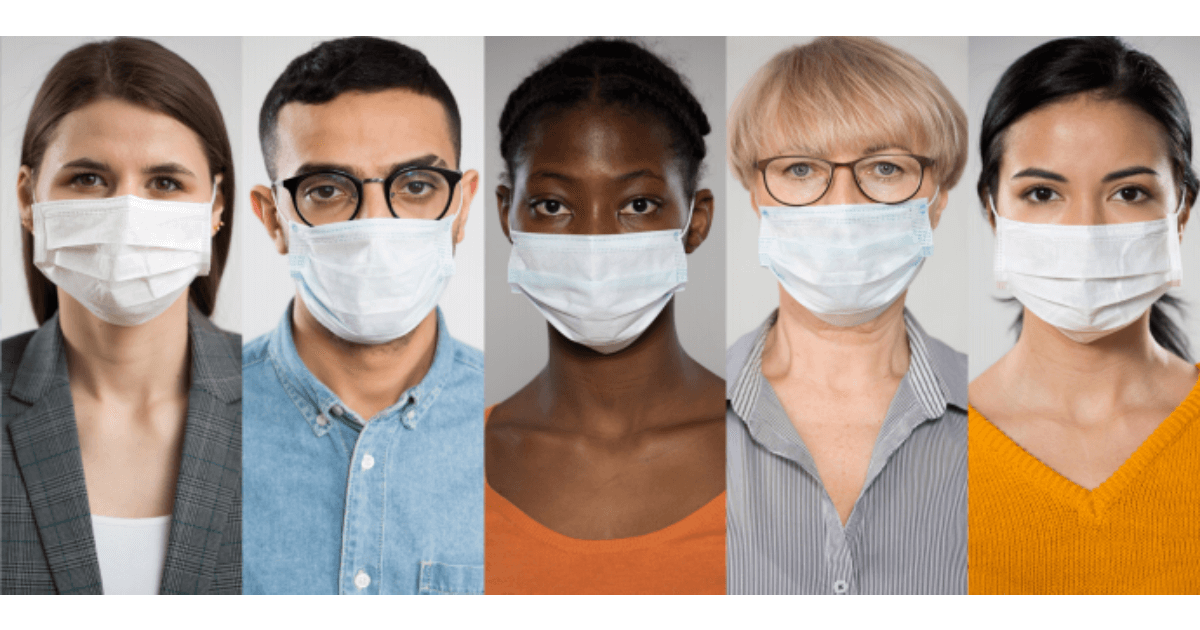
During this COVID-19 pandemic, uninsured or publicly insured individuals are less likely to be tested and therefore treated for the disease due to the perceived costs. Although the Federal government announced that COVID-19 testing and treatment will be free for all American residents regardless of insurance status and type in April 2020, there are gaps in these mandates, which may potentially lead to unexpected medical expenses. As a result, many individuals, specifically members of racial and ethnic minority groups who lack health insurance, may unknowingly be infected by COVID-19 disease, and eventually succumb to is complications or transmit it to other individuals.
Moreover, micro-level factors also enhance COVID-19’s racial and ethnic disparities. According to the Brookings Institute in April 2020, racial and ethnic empathy gaps exist in perceived pain tolerance, and racial and ethnic biases exist in medical treatments. This report discusses a study that analyzed 60 million patients who were admitted to the emergency room across USA from 2007 to 2011, and concluded that AA patients had half the odds of being prescribed opioid medications compared to WA patients. In addition, PubMed Central published a study in 2017 analyzing 39 primary care physicians and 227 AA and WA patients with HTN. The study concluded that AA patients’ interactions with their Physicians involved greater Physician verbal dominance, less patient-centred care, and shorter visits compared to WA patients; this was because Physicians strongly believed that AA patients will not comply with recommendations. Furthermore, an article published by BBC News in April 2020 stated that Dr JeanPaul Mira, the Intensive Care Unit Head at Cochin Hospital in France, and Dr Camille Lochthave, the Head of Research at Inserm Health Research Group in France, suggested that COVID-19 vaccines should be tested in Africa. Such incidents have occurred due to existing stereotypes that AA lack education achievement and medical knowledge.
This review article clearly illustrates that COVID-19 involves varying degrees of infection rate, severity, and mortality rate amongst individuals due to racial and ethnic disparities, and members of racial and ethnic minority groups, specifically AA, are disproportionately affected. The underlying environmental, structural, and socioeconomic variabilities have existed for years, and become exacerbated in this pandemic. As COVID-19 continues to spread across USA, the understanding of the disease has increased and more information is now available. We must use this information to manage and eventually end this pandemic. And in the meantime, we must strike a balance between protecting public health and safety, and respecting human rights, equality, and dignity
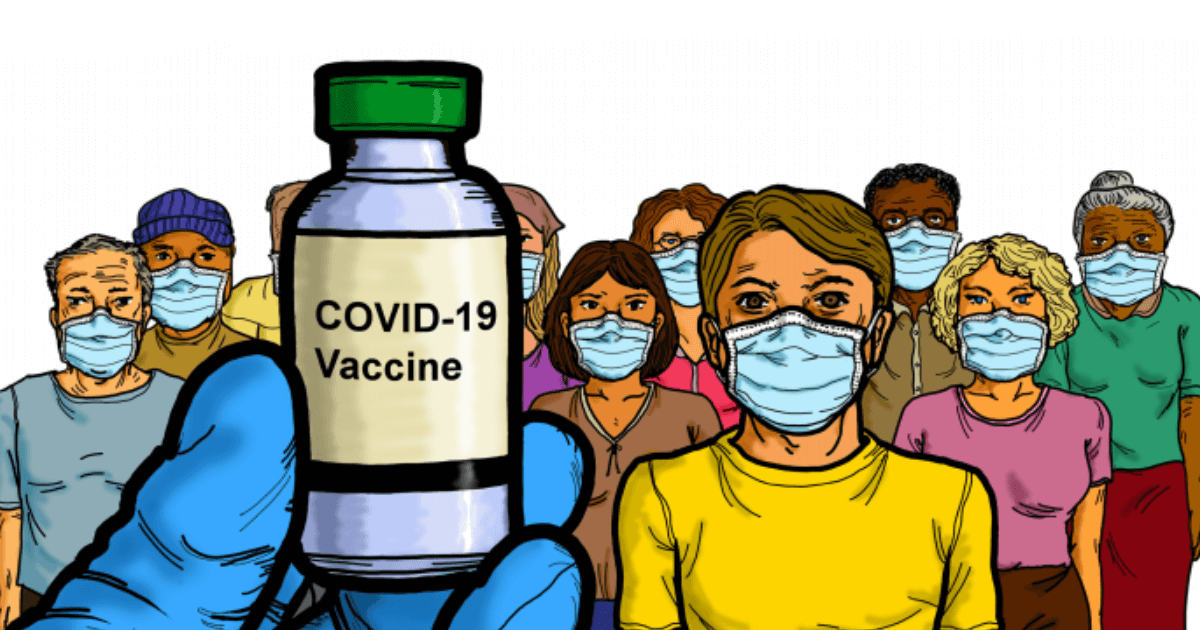
Composed by Prathayini Paramanathan, Muhammad Abbas, Winifred Iklaki, Priscilla Itua, Mehran Mortazavi, Parastoo Taravati, Ayobamidele Ayisat Tiamiyu.

